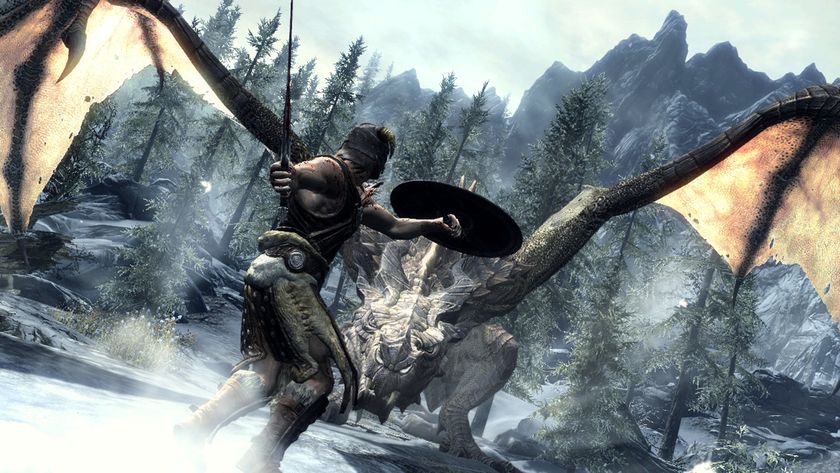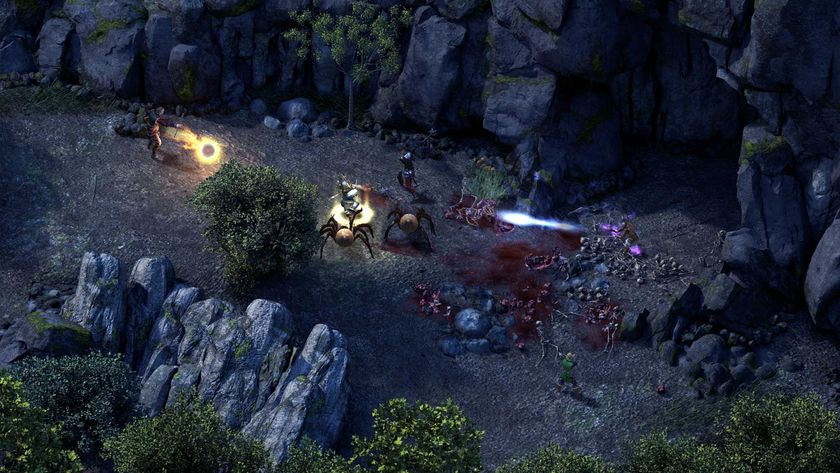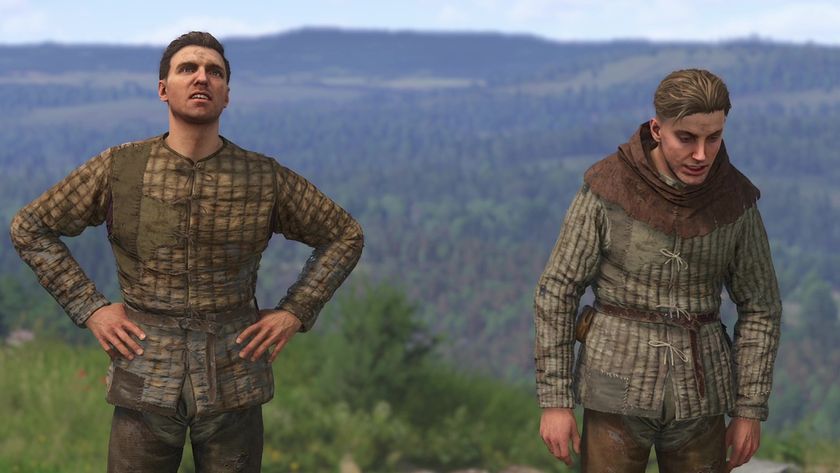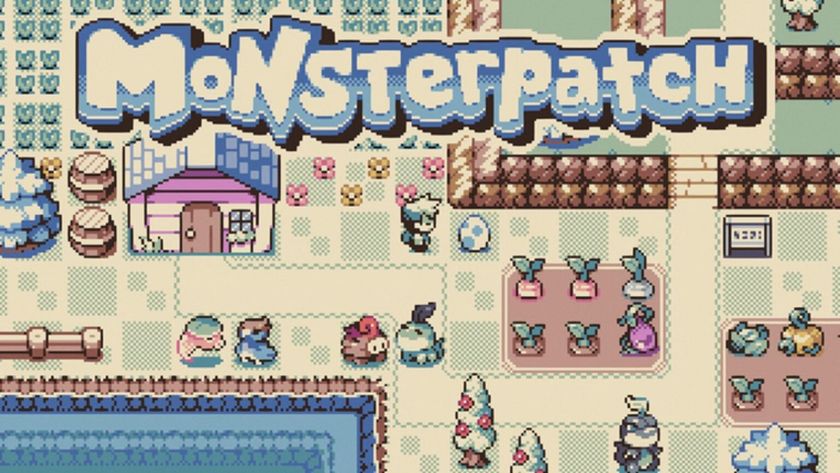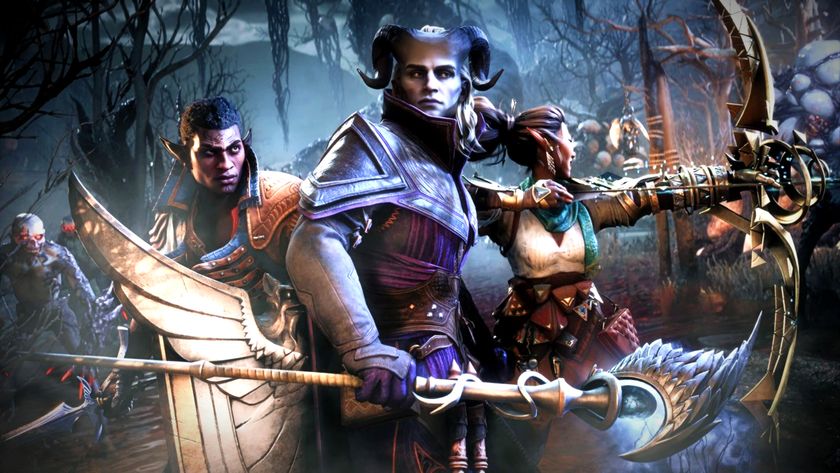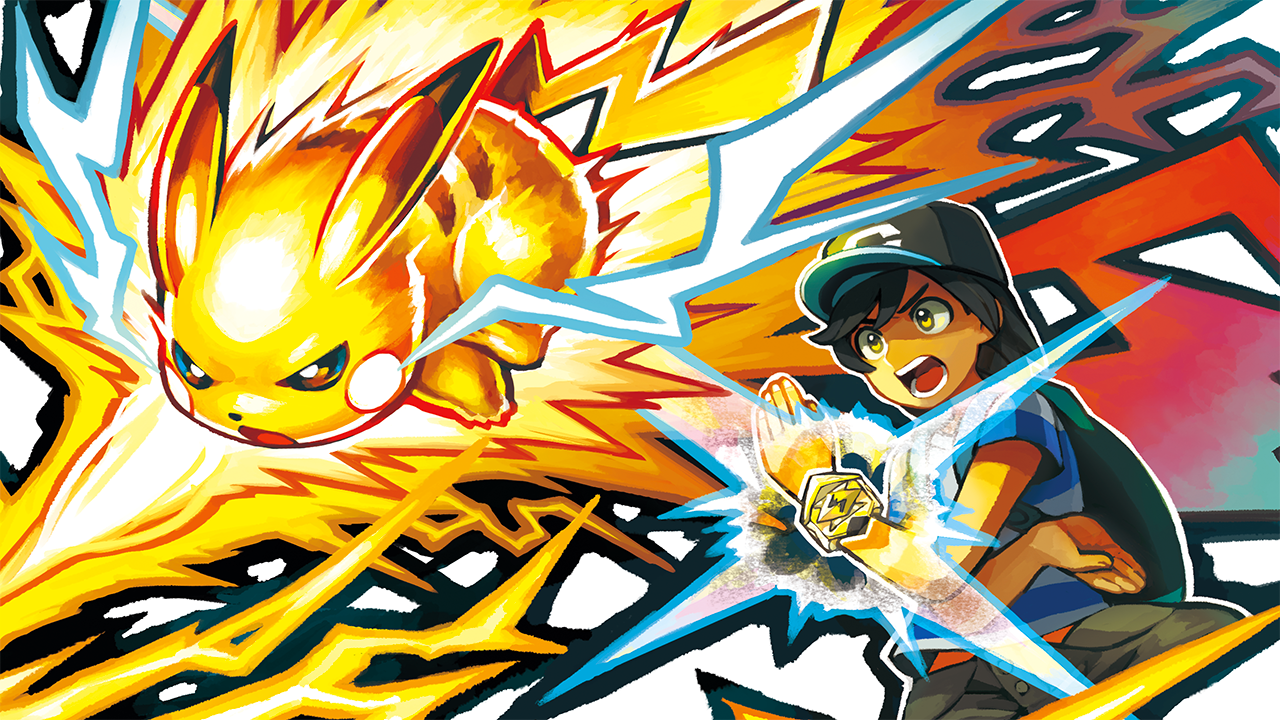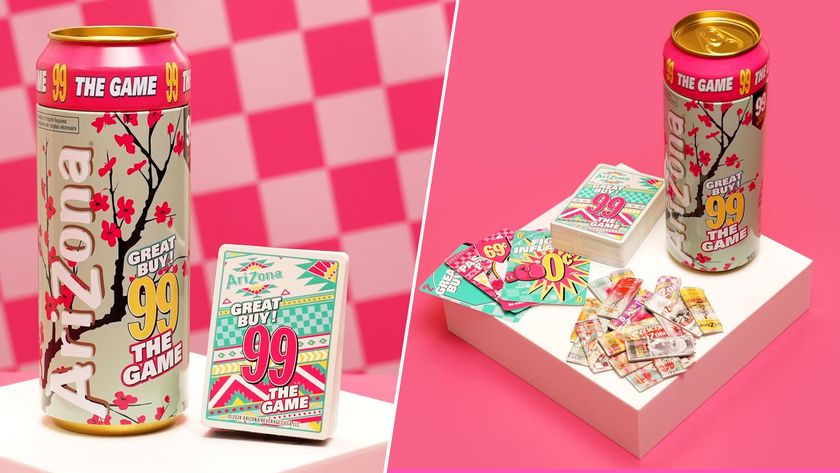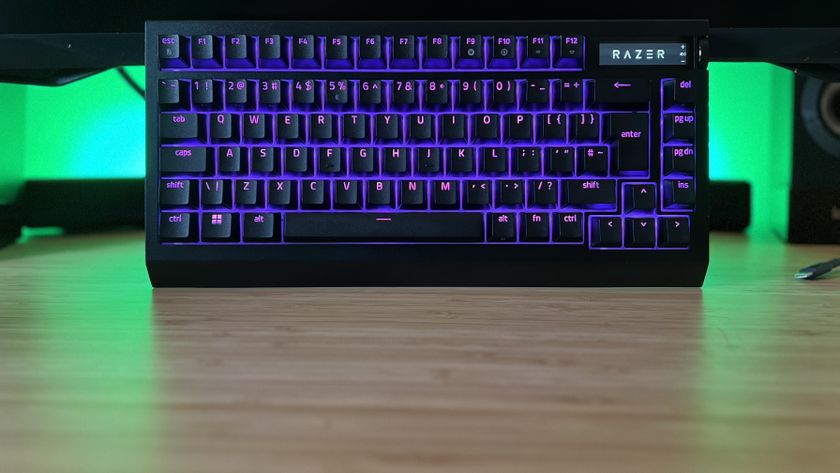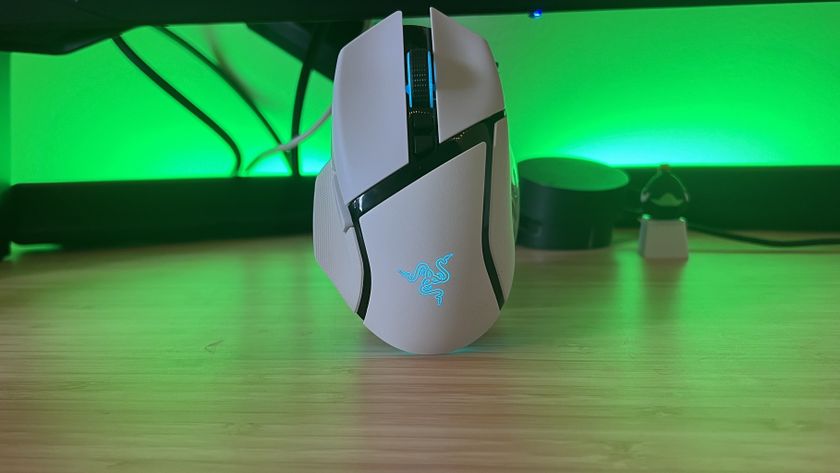12DOVE Verdict
A comfort blanket of a game that appeals if you’ve played none or all of the series’ entries. Sun and Moon’s mix of classic callbacks and cheerful changes are super-effective.
Pros
- +
Alola is a utopia, Pokemon's best region yet
- +
Island Trials rejig a two-decade-old formula
- +
Maintains the high standard of Pokemon design
Cons
- -
Assumes you’ve never played before
- -
Pokemon cries are still digitised. We want to hear our Magmar mutter
Why you can trust 12DOVE
This is a voyage of discovery. Alola’s tropical island chain is the series’ most creative setting yet, introducing exotic new Pokemon and altering the forms of existing ones. It’s a land where roaming Pokemon start fights by darting out from caves and dive-bombing from the sky. It’s home to giant Pokémon called Totems, benevolent deities called Guardians, and dangerous entities called Ultra Beasts. If previous entries cast you as David Attenborough, in Sun and Moon you’re more of a Charles Darwin, fresh off the HMS Beagle in a remote and wild world.
Structurally, Sun and Moon align with every single handheld Pokemon adventure of the last 20 years: your mute avatar leaves their mother and enlists the help of a kindly professor to learn about the wonders of Pokemon. There’s no cataclysmic event or evil force - barring a buffoonish faction called Team Skull who lightly insult you through rhyme - just a personal goal to achieve the potential others see in you. It’s yet another Ash Ketchum-esque origin story, true, but Pokemon’s young audience means starting them on the ground floor.
This no mere Hawaiian skin swap. It’s a sunny shift lifting previously burned-in tropes. First to go are stuffy gyms, as you’re sent to complete Trials amid natural backdrops, such as foraging for cooking ingredients in a dense forest, or spotting the differences between a Marowak troupe’s dance moves. Alola’s hills, glades, towns and deserts are used to great effect. After that you’ll face a Totem Pokemon - think beefed-up versions of existing creatures able to summon help, like a giant orchid-mantis-thing Lurantis calling in a Castform whose Sunny Day ability instantly charges its moves.
Battling two foes simultaneously often happens in Alola, not just with Totems, and it’s a great solution to Sun and Moon’s overall unchallenging difficulty. Fights become harder without bogging down the game’s pace, since you spend less time transitioning between battles. It’s perhaps a bit too frequent, however. With the area’s Totem sorted it’s time for the third act: a dramatic showdown with an elementally aligned Trial Captain. Although Trials are short, sweet, and almost impossible to mess up, they give gym-based ladder tournaments the much-needed boot. Nature, not man, is the star here.
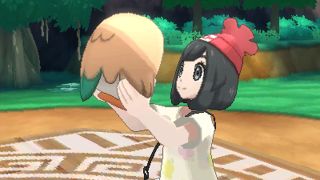
Indeed, the 150+ new Pokemon maintain a high level of design in the likes of Oranguru, Drampa, Vikavolt, and Rockruff, with only a few bum notes in Pikipeck, Morelull, and Pyukumuku. Even if you’ve already seen the entire Alola roster there’s still loads of Pokemon from the back catalog included. I’ve traded with youngsters for Poliwhirls, seen Pikachus sunbathing on deckchairs, and, unfortunately, navigated yet another cave stuffed with Zubats. Plus you can transfer creatures from the Omega Ruby, Alpha Sapphire, X, Y, and the Shop releases of Red, Blue, Yellow, using Pokémon Bank, although I’ve not tried this myself.
That sense of legacy carries through to Ride Pokemon such as Lapras, whose shell you can fish from; Sharpedo, who smashes through rocky outcrops; and Charizard, who jets you between towns. You don’t need a dedicated Pokemon in your squad capable of learning techniques required for exploration, though - just page these helpers as and when you need. Gallivanting through town on the back of a giant Scottish terrier beats peddling around on a bike, right? One relic I didn’t want returning, however, is digitised Pokemon cries. They sound outdated.
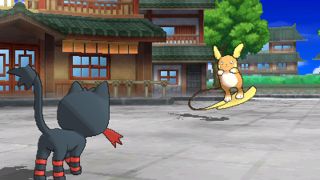
Trekking is rarely a chore as Sun and Moon ditches grid-based travel and allows movement in 360 degrees. Every inch of your journey is presented cinematically by a camera scripted to move fluidly into visually interesting compositions, like settling into a wide angle at the Tide Song hotel to frame a pleasant waterfall in the background, or adopting a side-on position along Route 8 to give an invigorating ocean view. Game Freak maximises an admittedly restricted space and skillfully exaggerates scale. Nighttime does look flatter, and somewhat detracts from the bright Hawaiian theme, so you’ll find yourself tinkering with the 3DS’s internal clock regardless of which version you pick.
That’s one criticism you could level at Sun and Moon: like the camera, it’s a little too guided at times. The handholding is almost vice-like. Sure, explaining the rules is helpful to newcomers, but after two decades the series has amassed so many mechanics that muscles are strained as it bends over to explain them all. Whether it’s an injured Sudowoodo blocking one route, or an angry Tauros restricting another, you’re rarely allowed to roam free and discover through experimentation. In the first 35 hours, anyway.
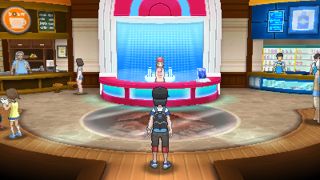
The upside of this is that those 35 hours fly by. Grinding is at the heart of Pokemon, yet the game never feels like a grind. You fight a clutch of trainers on a route then BOOM, a lucha libre drops for a Battle Royale, a new four-player free-for-all where the winner is whoever takes out the most Pokemon. Or a scientist asks you to capture a Stufful for money. Or you’ll find a shard of the legendary Zygarde, or get given a fishing rod, or discover an interdimensional rift through which strange new Ultra Beasts emerge (I might have omitted them when I said earlier there’s no cataclysmic events). A dozen hours here are the least ‘dozen hours-ish’ dozen hours you’ll ever spend, except maybe if you discovered a flying carpet that dispensed fudge.
Other additions are hit and miss. Poke Pelago is the former, a base-building minigame about checking in daily to collect beans and purchase islands for your PC-stored Pokemon to cavort around. It plays like a charming little iOS game mercifully stripped of microtransactions. Z-Moves are also welcome, screen-filling techniques for each elemental type. Giving my Popplio the Waterium Z crystal, for instance, unlocks Hydro Vortex, which plunges the fight underwater and sees him charge, torpedo-like, at opponents. The drawbacks are he can’t hold another item, and you can only use a Z-Move once per battle, so thankfully they’re not the healthbar-wiping smart bombs they threatened to be. And playing dress-up in Alola’s array of clothing shops before hitting the salon for a fresh bob offers more extensive trainer customisation. I’m rocking floral cargos and a black visor, because of course I am.
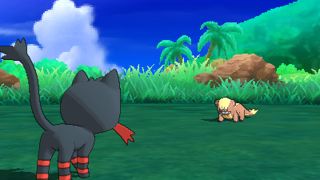
Poke Finder, on the other hand, is a tantalising near miss, a seldom-used camera only letting you snap pics at set points in the environment, a Fatal Frame-style Trial in which you explore a supermarket rounding up ghosts its saving grace. So is Pokemon Restore, which sees you use the touchpad to blow dry your Pokemon or feed them beans to remove status effects and raise affection. While stroking our Salandit until it sings is more hands-on than clicking ‘use potion’, in practice it’s too slow to be a viable alternative.
Pokemon’s celestial pair occupy a unique position, belonging to a bestselling series played by kids and adults alike. Sun and Moon not only maintain its broad appeal, but boost it into the stratosphere. It’s familiar enough and different enough. It’s complex but well-communicated (if a little heavy handed in its tutelage). Learning about each of Sun and Moon’s new monsters - how they run, fly, swim, feed, dance, and co-exist with locals - gives the games a marvellous sense of rolling wonder for anyone, regardless of age. Game Freak’s latest welcomes old fans disillusioned by previously samey entries and entices a whole new generation to pick up a Pokedex.
Since the servers were not up at the time we played it, this review is singleplayer only
More info
| Genre | Role Playing |
